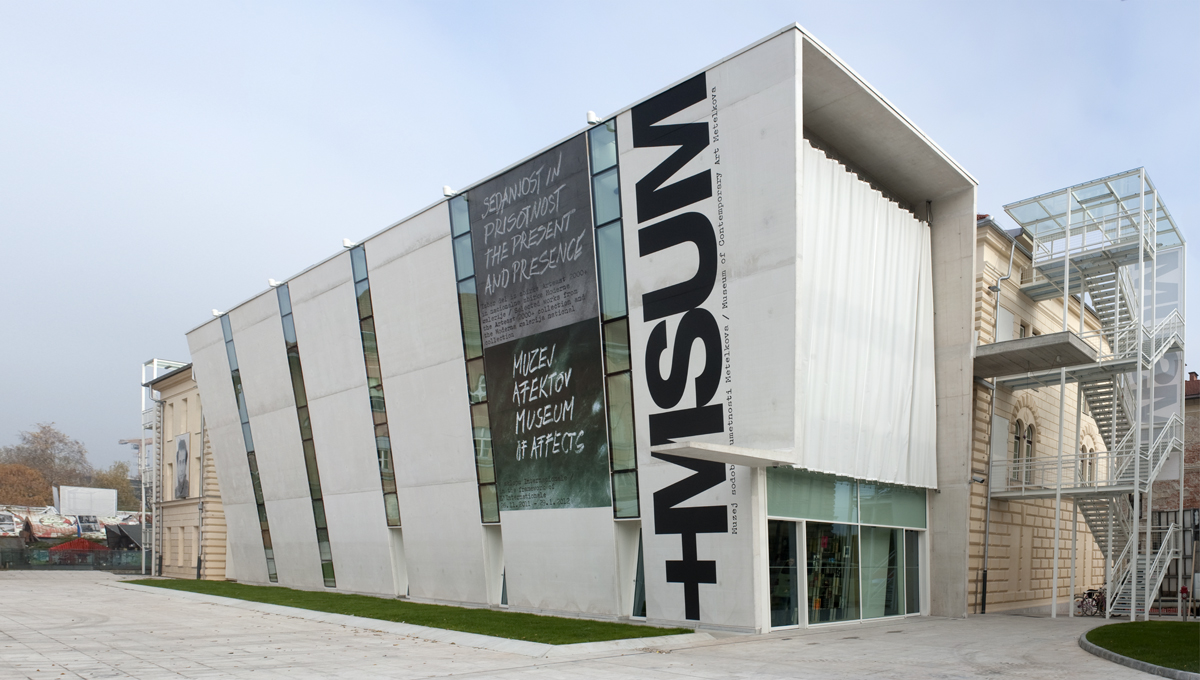*
The work that I occasionally do with cultural public institutions is mapping and observing their physical-architectural qualities and visualizing their connections with the respective institutional histories and ideologies, staff politics or protocols for public use. Sometimes I show the comic relationship between their frightful organizational complexity and efficiency with the most absurd material-architectural consequences; but most of the time I work with their daily routine. This process gave rise to the title Maintenance Works. Often I just give advice and estimate costs for low-budget building maintenance, but what I really like to do is work as a “janitor” that fixes things – remove curtains, recover forgotten circulation paths, clean floors and paint walls.
I rarely work alone, and this is primarily a collaborative effort always involving a few members of the staff with whom I work.
Although this could be understood as a form of critique I’m more partial to the term “institutional care”, because what I’m interested in is the survival of institutions. In a somewhat dialogical form, in what Latour calls diplomatic inquiry, my main interest is the enduring ecology of institutions.
The Museum of Contemporary Art Metelkova is a Slovenian exemplary case of museum hype that has overwhelmed art world over the past 15 years. Built in the wake of the financial crisis, the idiosyncratic post-socialist political contingencies of coalition governments, and shrinking EU funds, it is probably one of the last public capital investments in national culture for some time to come.. In a pre-election campaign, the museum was appropriated as a political project. This was coupled with the absurdity of EU application forms and budget spreadsheets that influenced the design and the acquisition of equipment. All this is more than visible in the final design and execution of the museum building. Apparently, both the architects and the builders left the building in need of continuous repairs and alterations.
To prepare the space for the upcoming exhibition, the Maintenance in Metelkova will change some of the walls, remove unnecessary built-in cabinets, reposition power sockets, and paint walls.
Marko Sančanin (b. 1975) studied political science and architecture at University of Zagreb and graduated in architecture at the Zagreb School of Architecture. His research, theoretical work as well as designs deal with new concepts of spatial justice, socially sustainable development and cultural heritage. Sančanin is a columnist and radio host on architecture, urban planning and culture. From 2000 to 2013 he was director of Platforma 9,81 – a not-for-profit Institute for Research in Architecture (www.platforma981.hr). The Institute explores the spatial implications of shifting political, economic and cultural identities in post-socialist SE Europe.


